I am really excited to have Jessica Boschen on the Simple Pin podcast. Jessica is a teacher with 16 years of experience in teaching grades K-5. She is a curriculum developer, and currently creates resources for teachers around the world. Jessica also blogs at What I Have Learned Teaching.
I asked Jessica to be on the podcast because of the unique way she is using Promoted Pins to promote her own store on the site Teachers Pay Teachers. After doing a case study on her educational products I was eager to know more.
Jessica used Pinterest on a personal level for a couple of years before starting a business account in 2012. As soon as Promoted Pins became available, she began experimenting with them.
Jessica’s Pinterest use is a bit uncommon- she didn’t transfer her personal page to a business page. Her personal page was full of quilting and crafting information, so she started a brand new account for her business. She uses secret boards on her business page now to keep things like household Pins, etc. She still has a personal page; she just doesn’t use it much anymore.
She has kept her boards 98% niche specific; so everything is geared toward Early Elementary learning. She does have a board called “Teacher Life”, which helps teachers learn how to deal with things like stress management, creating a good life as a teacher (exercise, etc.); and a board with easy recipes for teachers to make after a long day in the classroom.
What is Teachers Pay Teachers?
If you aren’t familiar with Teachers Pay Teachers, it is a lot like Etsy for teachers. Teachers, or anyone really, can upload teaching resources and sell them to other teachers. When someone purchases a resource on the site, they just download the item and can then use it in their classroom.
When Jessica began concentrating on her curriculum business, she also started her blog about teaching. Since she was already very familiar with Pinterest, having used it personally for a few years, it was a natural fit for her to put her new content on there.
She says that the tricky part was creating images that would entice people to click through to eventually end up on her site for more information on her resources. Jessica feels like it is key to have a blog to support any work you do for a third party website. That blog is your home base, and you want everything you do to funnel right back to that home base.
A blog is the place to actually connect with your followers, to really get to know them, and most importantly- to get them on your email list! Jessica’s email list is an integral part of her business; again, being able to bring people back to her home base- the website- and on to her other resources, like the Teachers Pay Teachers store.
Pinterest plays into that also, because it is the visual hub of her content. It allows her to actually show her resources in action.
Tips for Pinnable Images for Products
One thing that Jessica does that is different from some other people who host their resources on third party websites is that she creates a separate Pinnable image for her products. She doesn’t just use the image from the Teachers Pay Teachers site.
She also has other photos within her blog posts that are Pinnable, which gives her the opportunity to Pin a variety of images for one resource. Here are a few of her other tips:
- Put your logo or website on every image. Jessica puts her URL at the bottom of every Pin, and she makes sure it looks the same on all of them.
- Make the Pin visually appealing, vertical, not too busy, clearly shows what you are describing.
Where should the images link to?
One of the questions people commonly ask with third party websites like Teachers Pay Teachers is, where should I link to? My website or the third party site?
When she first started, Jessica always created images for Pinterest and linked them to her store on Teachers Pay Teachers; after all, that’s where she wanted people to end up, right?
But as she went along, she got smarter and she began writing blog posts that go into more depth on the products and how to use them. So now she actually Pins mostly from her blog posts. Her strategy is not just about selling; it is also about bringing people back to that home base- the blog. That’s the central place for her business, and where she wants to make connections with her readers.
A Winning Pin Formula
One of Jessica’s most popular series is on Goal Setting for Elementary Students. This post is a great example of how Jessica uses a main Pinnable image at the top of her blog post, but also includes other images throughout the post that are Pinnable. The other images in the post offer specific ways to use the product in a classroom, but she has another post that just talks about the product itself and also leads to her sales page.
Another thing she does is offer a portion of the goal setting product for free as an email opt-in. This is one of her most popular blog posts, and the links within lead straight to her product line on goal setting and data portfolios.
This is such a smart strategy- using email sign-ups to hopefully get the person to become a paying customer later on.
Tip: Offer a portion of the product for free in exchange for email to promote the product later.
Pinterest brings in around 90% of Jessica’s traffic so she needs to be smart about how she is funneling them into her system. There are no ads on her site besides those for her own products. Any available space is dedicated to serving her readers with the products she has created for them.
Using Promoted Pins to Sell Products
Because the Smart Feed has changed the way that product Pins are seen and how often, Jessica doesn’t Pin products as often as she does just good content. Instead, she uses Promoted Pins for her products.
Learn how to set up an effective Promoted Pin campaign here.
Promoted Pins on Pinterest have changed a lot over the past few months, so how did Jessica figure out how it would work best for her business?
First, she followed her mantra of “start small and grow from there.” So she started as small as Pinterest would allow, with a 5 cents per click campaign. When Pinterest changed the lowest bid to ten cents, she moved to that. She always starts as low as she can, and just grows slowly over time.
Second, include keywords in the Promoted Pins. Know who you are targeting; get to know your audience. This can be up to 40 keywords. How does Jessica manage all those keywords so she doesn’t have to start over every time?
Listen to my interview with Kelly Snyder telling you exactly how to target your audience.
She has found that using a spreadsheet, sorted by subject area or grade level is best. She also uses as many variations on the keywords as possible. For example, if she uses the keywords Comprehension Strategies, she also uses a variation like Comprehension Strategies for First Grade.
The goal is to show up as much as possible.
Setting Your Budget and Your Bids
When you begin a Promoted Pins campaign, Pinterest will recommend a certain amount that they recommend as a good bid. So how do you know how much to accept, and how can you set a budget for your campaign?
Because most of Jessica’s products are low-cost products, she needs to be sure that her advertising dollars fall within an acceptable range for the amount that she is actually making off of the products themselves.
One thing she tries to stick with is not spending more than 20% of the product cost in advertising it.
And you can’t set your campaign and then just leave it alone. You need to be checking in to be certain that the ads are translating to sales.
Don’t spend more than 20% of the product cost in advertising it. Use Promoted Pins wisely.
Jessica uses long term, ongoing campaigns for her products, so she checks in on them frequently. At the beginning of this year, she was checking her sales and her campaigns every single day, making adjustments as necessary.
Because Pinterest has made more long term data available, she now checks in on her numbers weekly, or even monthly, and makes adjustments from there.
How many campaigns should you run at once?
Jessica usually runs 10-15 campaigns at a time, but during holidays or vacation time, she lowers that even more. For those just getting into Promoted Pins, she recommends taking either your most popular product or your most popular blog post and running a campaign on that one alone. See what kind of return you get from that, and make adjustments and grow from there.
Only one image, or more than one? Jessica promotes more than one image so that she can see what really resonates with people. So for a blog post like we linked to above on goal setting, she will promote the main image, but also some of the other images from the post to see what attracts people. She is careful to use the same keywords in these campaigns, so that she can see which image wins out with the same target audience.
Using the same keywords, while promoting different images within that target audience, will help you to see which image performs the best for that specific audience.
*Note — Jessica only uses traffic campaigns (now called consideration campaigns), not engagement.
Audience Targeting
Audience targeting is where you can specifically target your email list in your campaign. Jessica has uploaded her email list, targeted her website, and even created lookalike audiences for various pages and audiences.
She has done well with it as far as click throughs, but not as well with impressions. So while sales aren’t doing as well with it, Jessica feels like it’s too early to be sure of what the outcomes will look like.
Creating Beautiful Images
While most people who upload products to Teachers Pay Teachers use Powerpoint to both create their resources for the site as well as their images, Jessica likes Keynote, which is similar to Powerpoint but on a Mac. She creates her images in Keynote as well. This program allows her to use her own images and fonts from her computer, without the restraints of an online program.
She created her own templates for her images, so she has a template for her blog images, one for her Pinterest images. This allows her to be really consistent with her images as far as font, logo, images, etc. She can just open her template and create a new image that is consistent with her brand.
Tips for Teachers Pay Teachers Users
- Take good photos of your products in action. Create good Pinnable images using those photos. Be sure that the product is the main focus of the photo.
- Create content that supports the product. Whether this is a blog post or a Pin, be sure to not only focus on the product itself, but also on the teaching of the concepts behind the product. Bring the product to life for the reader.
What’s next for Jessica?
This is just a big experiment. I’m always tweaking and changing and trying new things… figuring out what works and deciding what doesn’t…so for me, it’s just continuing on with the experiment of Promoted Pins.
If you’re interested in learning more about what Jessica is doing with Teachers Pay Teachers you can connect with her on Pinterest, Instagram or through What I Have Learned Teaching.
Want to learn more about Promoted Pins?
We have several resources available for you:
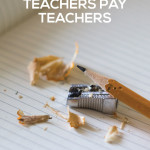
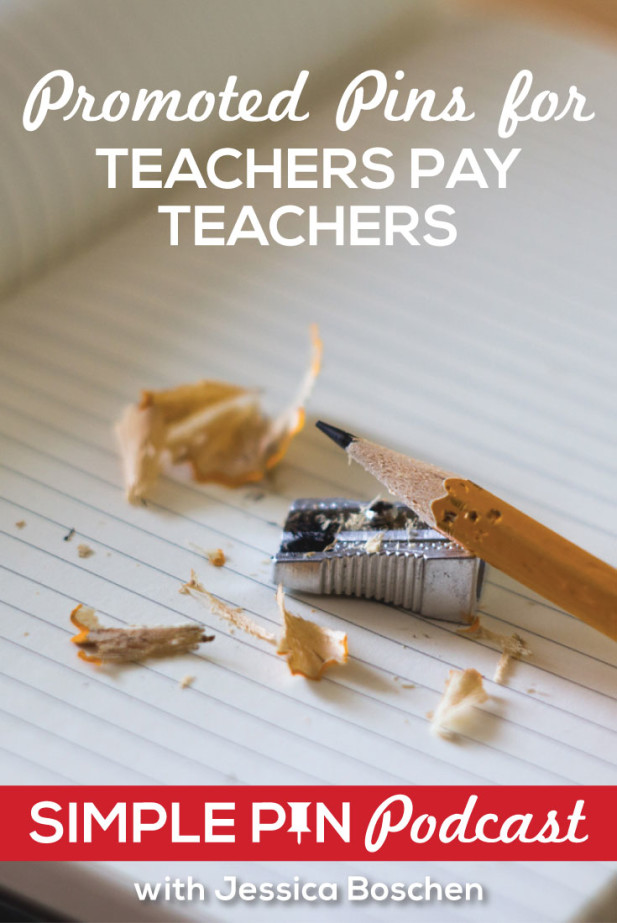

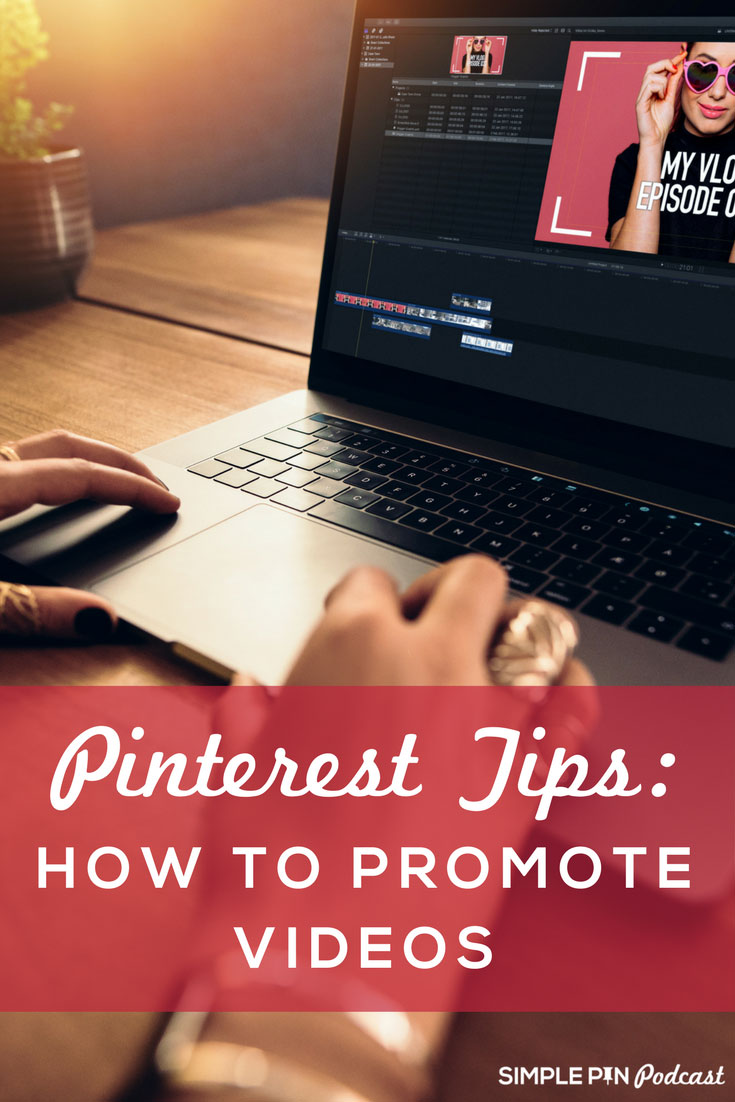
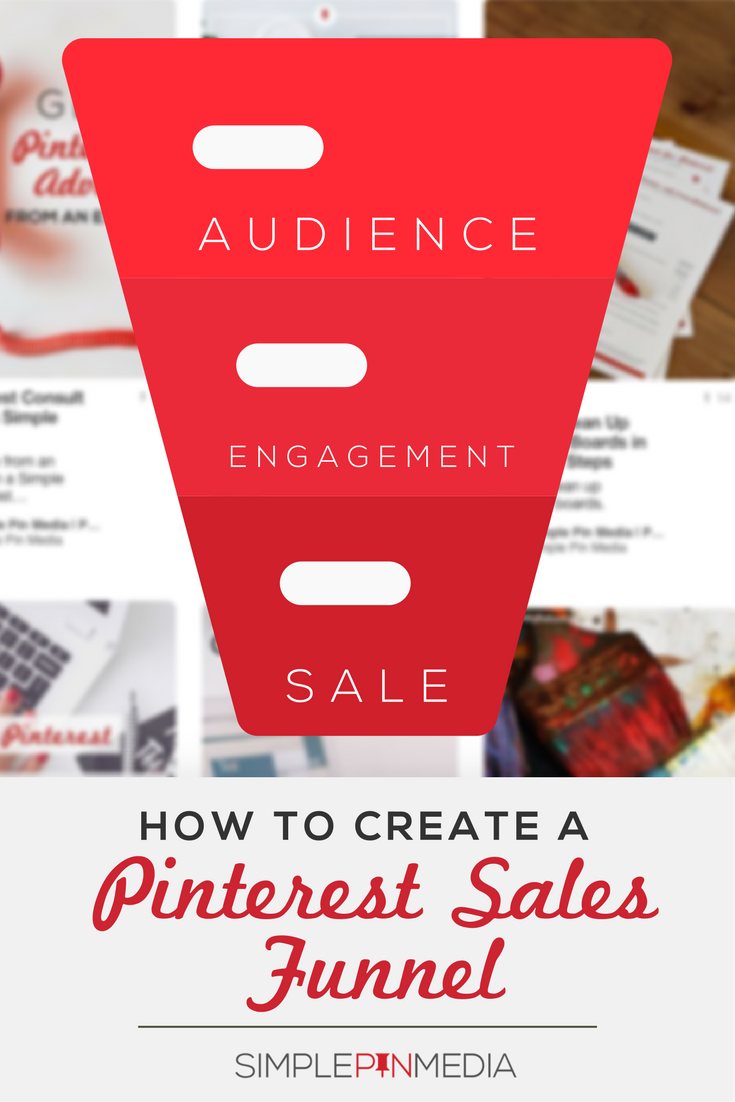


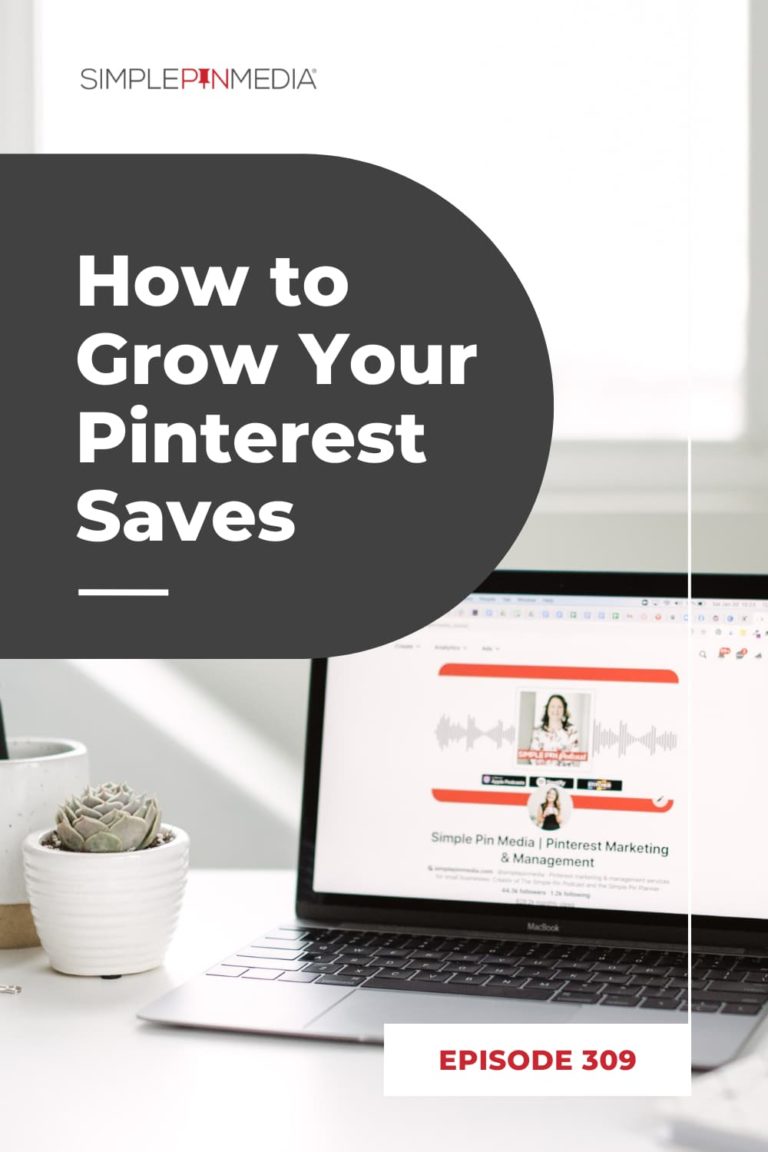
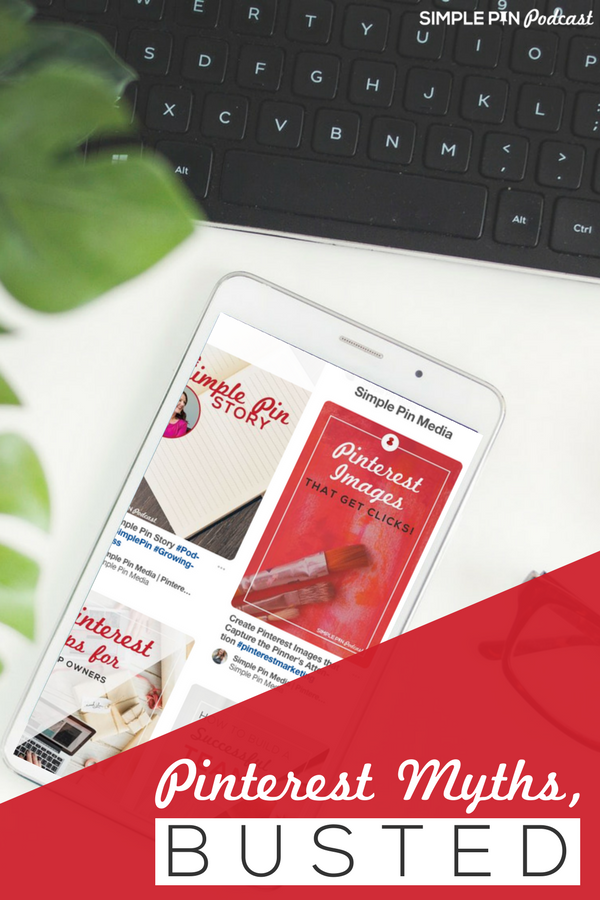

I was so happy to hear that Jessica uses Keynote too! I use it for everything and recommend it but no one else seemed to 🙂 Nice interview Kate! I was glad to hear about the opinions about the changes in Pinterest and what effects may be developing.
Thanks so much for being a faithful listener Sarah!
Good post. I learn something new and challenging on websites I
stumbleupon on a daily basis. It’s always exciting to read content from other writers and practice a little something from other web
sites.
Welcome to the Simple Pin Community!